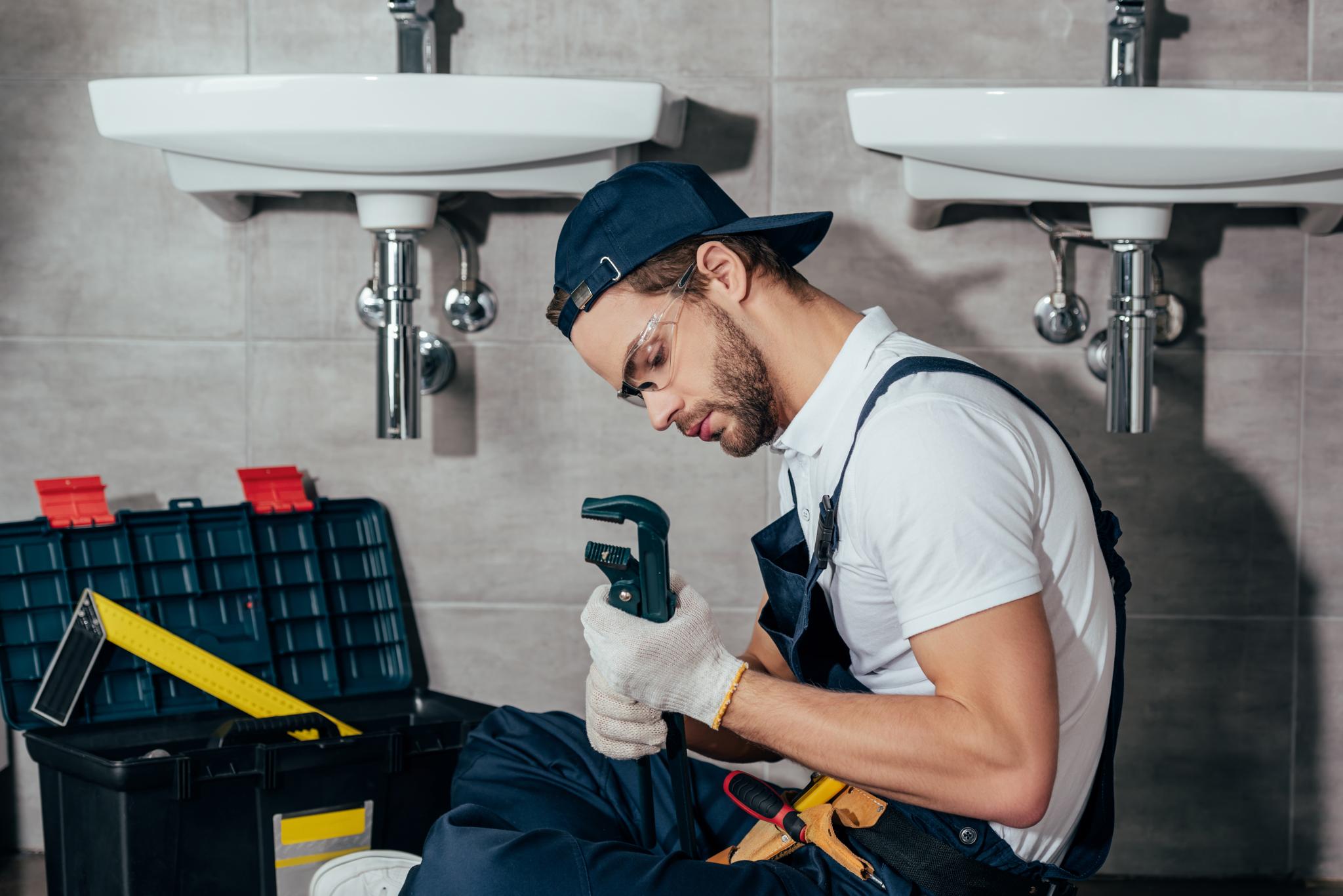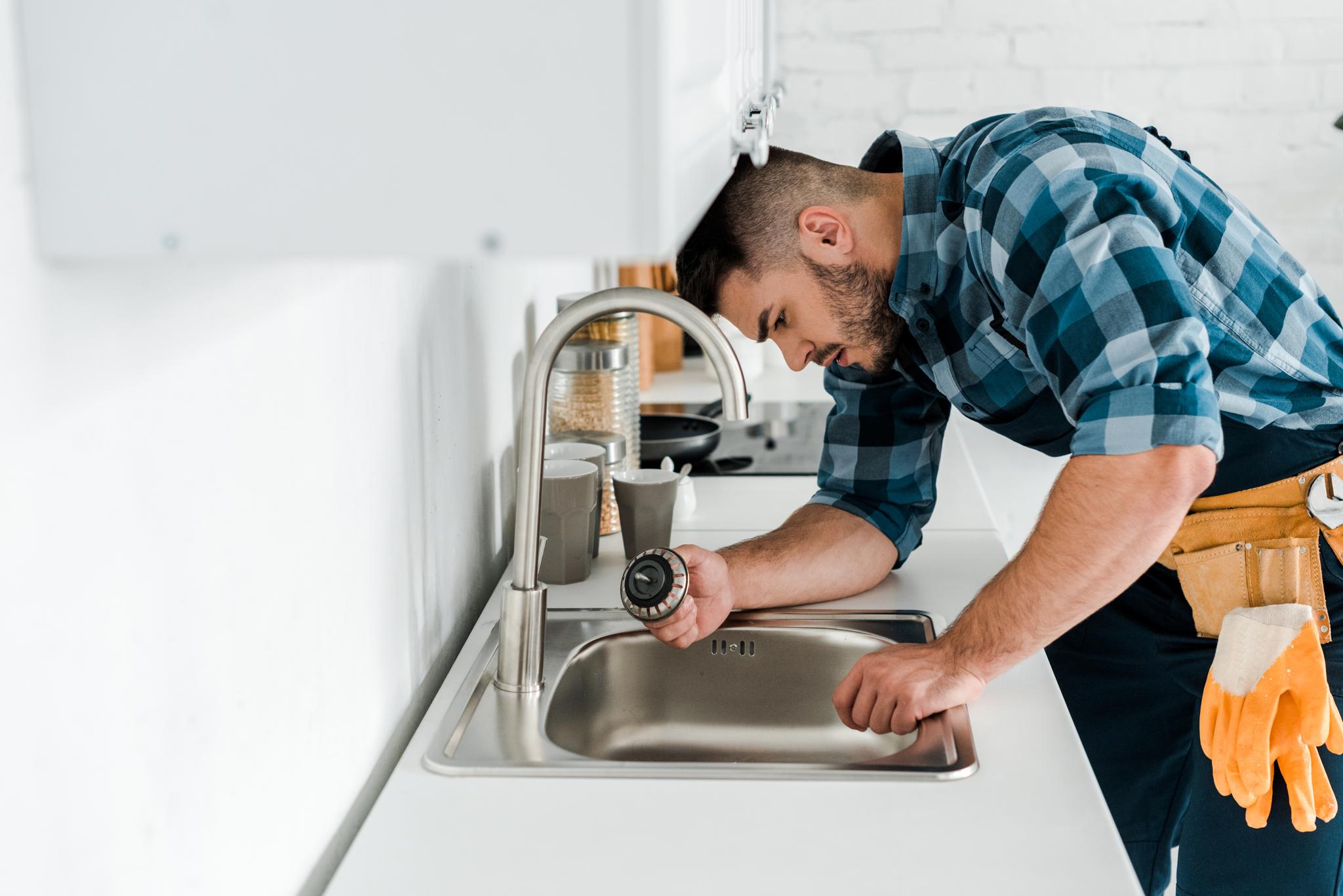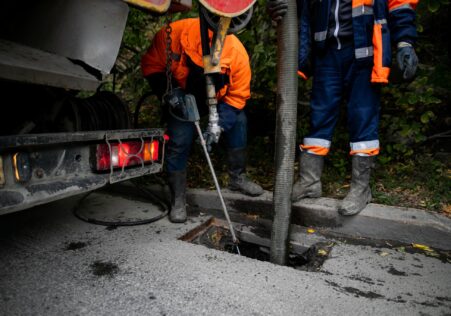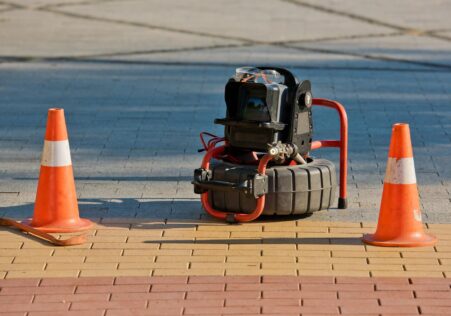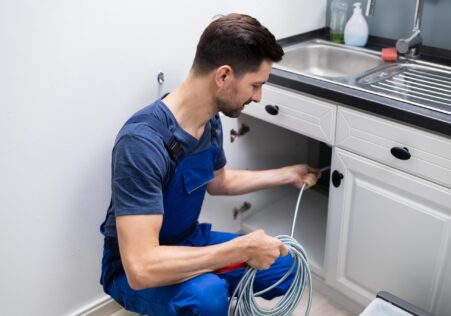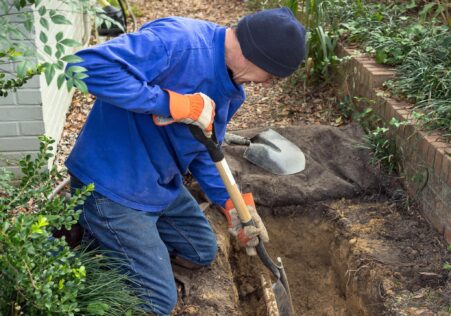How to Unblock a Shower Drain Without Chemicals

If you’ve ever had the misfortune of taking a shower only to discover that the water isn’t draining, you know how frustrating it is. Not only can it slow down your morning routine but it can also be difficult to clean after you’re finished. Although chemical drain cleaners are sometimes effective, they can also damage your pipes and harm the environment. The good news is there’s a lot of methods that are natural to unblock a shower drain, without the need for harmful chemicals.
Key Takeaways
- Chemical drain cleaners can damage pipes and the environment.
- There are many natural methods to unblock a shower drain for example, baking soda and vinegar as well as a wire hanger or a wet/dry vacuum.
- To use baking soda and vinegar method, gather materials, take off the cover for draining and any obstructions, and pour baking soda in, then vinegar. Wait for 30 minutes, then flush with boiling water.
- Wire hanger method: straighten out wire hanger leaving one end as it was Create a hook at the end, insert it in the drain to catch hair and debris out.
- If you want to use the dry/wet vacuum method switch the vacuum to "wet" mode then cover the drains of overflow with tape or cloth, attach the hose, creating an air-tight seal. Then turn it on for 3 minutes.
- To prevent future blockages, use hair strainers in your shower. You can also run hot water after each usage and avoiding running grease down your drains.
Method 1 Method 1: Making a cake with baking Soda and Vinegar
Step 1: Gather Your Equipment
To start you can gather the following items:
- Baking soda
- White vinegar
- Boiling water
- Rubber gloves (optional)
- A cloth or rag
Step 2: Clean the Drain
Remove the shower drain cover whenever possible. Use the small brush or toothbrush to get rid of dirt or hair around the drain’s edges. Make sure to wear rubber gloves if necessary.
Step 3: Pour in Baking Soda as well as Vinegar
You can pour one cup of baking powder down your drain followed by one cup of white vinegar. Make sure to cover your drain immediately with a cloth or a towel to ensure that the reaction doesn’t go beyond control!
Step 4: Wait
Wait for about 30 minutes while the mixture performs its magic. There should be a sound of fizzing and bubbling. That’s a sign that it’s working!
Step 5: Rinse with Boiling Water
Take the cover off with care and flush it out with hot water. This should help clear any debris that remains and allow your water to flow freely.
Method 2: Wire Hanger
Sometimes all you require is a trusted wire hanger:
Step 1 Straighten It Out
Straighten out a wire hanger as straight as you can, but leave one end in its original shape.
Step 2: Make an Hook
Make a small hook at the end of the wire that you have just straightened.
Step 3: Search for hair and Debris
Put the hook in the drain and fish around to look for hair and debris. Get rid of anything that comes up.
Method 3: Wet/Dry Vacuum
If you own an air-tight vacuum the following method may be for you:
Step 1: Set the Vacuum
The vacuum should be set in "liquids" and "wet" mode.
Stage 2: Seal Drainage
Overflow drains should be covered with duct tape or a moist cloth to ensure maximum suction power.
Step 3: Connect Hose to Drain
Connect the hose to your drain, making an airtight seal.
Step 4: Turn on Vacuum
Then, turn on the vacuum and let it run for about three minutes. This will help clear any obstructions from the drain of your shower.
| Method | Supplies Needed | Steps |
|---|---|---|
| Baking Soda and Vinegar | Baking soda, white vinegar, boiling water, rubber gloves (optional), cloth or rag | 1. Gather supplies\n2. Prepare the drain\n3. Pour in baking soda and vinegar\n4. Wait for 30 minutes\n5. Flush with boiling water |
| Wire Hanger | Wire hanger | 1. Straighten it out\n2. Create a hook\n3. Fish for hair and debris |
| Wet/Dry Vacuum | Wet/dry vacuum, duct tape or wet cloth | 1. Set the vacuum to "liquids" or "wet" mode\n2. Cover overflow drain \n3. Attach hose to drain \n4. Turn on vacuum |
Frequently Asked Question
How do I know whether my shower drain is blocked?
If your shower takes longer than usual time to empty or if water is accumulating on your feet during your shower, it’s a sign that your drain is full or partial blocked. Also, a smell of rottenness coming from the shower area could be an indication of a blocked drain.
What are some natural ways to free a shower drain?
You could try pouring boiling water down the drain, then followed by baking soda and vinegar. You could also make the mixture of baking soda and salt followed by boiling water. Plunging the drain with a plunger may also help.
Do I need to utilize chemical drain cleaners clear my shower?
It’s not recommended to use chemical drain cleaners due to the fact that they are laden with harsh chemicals that can damage the pipes in the long run. Chemicals can also damage the environment and pose health risk for those who handle the products improperly.
When should I get in touch with a professional plumber about my blocked shower drain?
If DIY methods don’t work in unblocking your shower drain, you should to contact a professional plumber such as Sydney Blocked Drains Plumber in Sydney to get help. Other signs that you need assistance from a professional include the appearance of water in other toilets or drains, strange noises of pipes gurgling or smells that are foul from the drains despite cleaning them.
How much does it cost to get a blocked shower drain cleared by plumbing experts?
The cost for fixing blocked shower drains can differ based on the severity of the issue and where you live. It is typically between $100-$300 for a plumber to remove the shower drain. However, more severe situations which require pipe repair or replacement could cost as much as $500-$1000.
Conclusion
Unblocking a shower drain could be stressful, but there are a variety of alternative methods you can try before using harsh chemicals. If you decide to use baking soda and vinegar or a wire hanger or a vacuum cleaner that is wet/dry, be sure to keep your drains from becoming blocked by using a hair strainer within your shower or shower, and then running hot water following each use, and avoiding spilling grease down your drains. If none of these options work, it may be time to call in professional assistance. If you’re having trouble with persistent and persistent plumbing issues at Sydney , contact Sydney Blocked Drains Plumber today!
Additional Information
- Preventing Leaks and Blockages: Understanding Pipe Relining Services
- Wave Goodbye to Blocked Pipes: Simple Tricks to Apply
- Why Regular Drain Cleaning Should Be Part of Your Home Maintenance Routine
- Why CCTV Drain Inspections Should Be Part of Your Regular Maintenance Routine
- Avoid Common Mistakes: Expert Tips on Choosing the Best Pipe Relining Material
- Common Drain Cleaning Mistakes You Need to Avoid
- Get rid of a Clogged Shower Drain with The subsequent Step-by-Step Tutorial
- Self-Help Methods for Unclogging Clogged Drains in Your Home
- How to Prevent Your Drains from Getting Blocked
- Expert Best Picks for Clearing Pipes: A Comprehensive Manual


